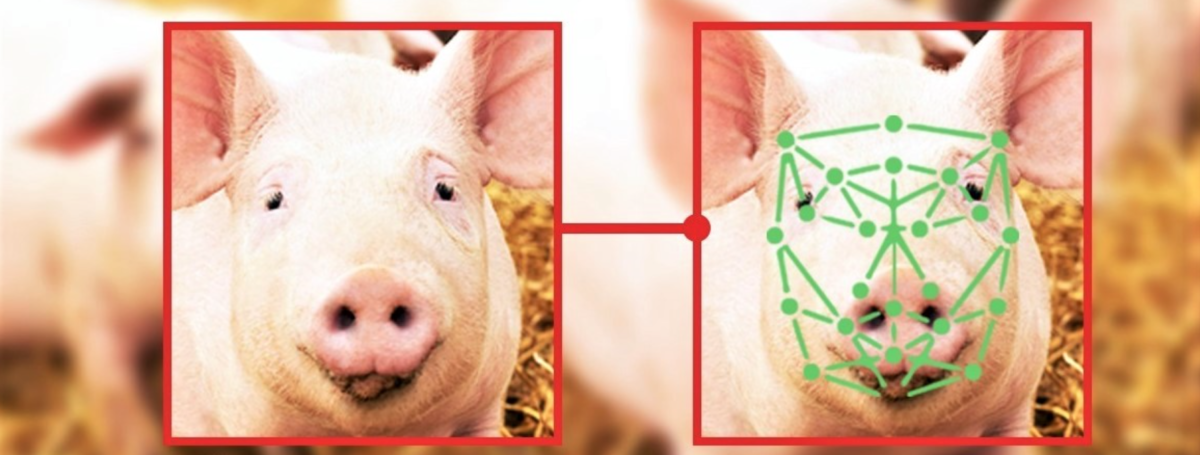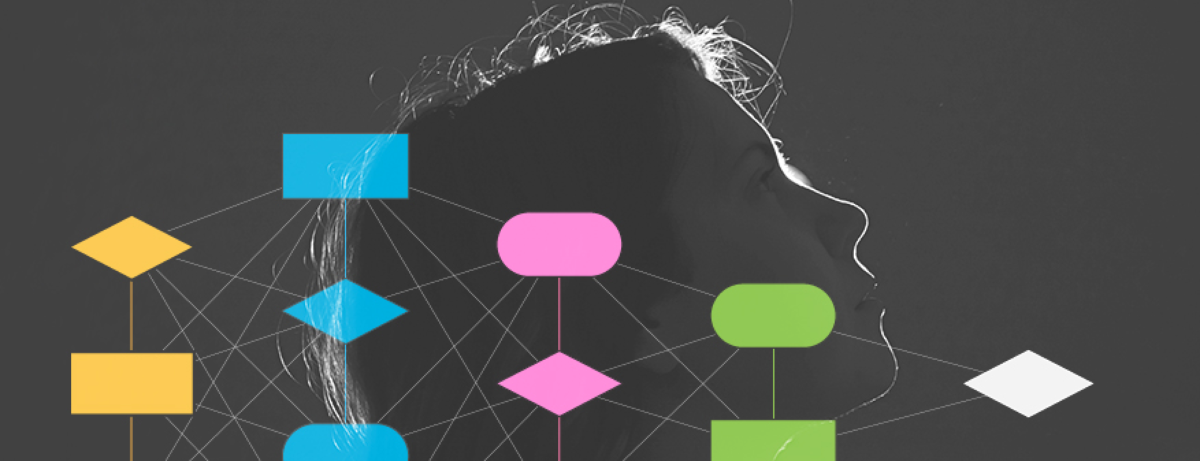One of the most unsustainable practices of modern civilisation is industrial agriculture. The industrial farming industry is accountable for the abuse of land, animals, and natural resources. Indeed, the animals that are slaughtered for consumption have often had a miserable life in factory farming. They are reduced to objects that represents a certain economic value and the natural needs of animals are often not met. This causes them to exhibit all kinds of stress and unnatural behaviour.
Pig facial recognition: solving the problem of miserable animals
To combat the problem of miserable animals, Chinese tech companies see opportunities in pig facial recognition. This type of facial recognition works the same as human facial recognition. The only difference is that it is recording details of eyes, snouts and bristles of pigs instead of humans. Besides identifying pigs, facial recognition camera can detect the movements of pigs and can monitor if they are eating or becoming lethargic. All this information is stored in an individual file for every pig. These data files also include pigs their age, weight, breed, exercise frequency, and other indicators or its health. Next, the AI platform can then use all of this data to repeatedly keep an eye on the pigs as well as trigger an alarm if it is sceptical about the health of the animal. In this way, early diagnosis can be made.
Is it really possible to assess a pig’s wellbeing based on visual cues? Yes, pigs happen to be known to be extremely expressive and can communicate with each other by the use of facial expressions. As a matter of fact, both SRUC and UWE Bristol their research have already shown that the animals can signal their intentions to other pigs using different facial expressions. There is also evidence of different expressions when they are in pain or under stress.
Only in the future?
Pig facial recognition is not just in the future. One of the first Chinese companies to unfold such a system is the start-up Yingzi Technology. Their system works by scanning each pig’s individual face by the use of a smartphone (see the picture below). The animals can still be identified if they are moving in a herd. Following up, the recorded data then is investigated by a mobile application that uses deep learning algorithms. The organisation suggests that the system can match and update pigs their data profile in only a few seconds. Moreover, Yingzi Technology is not the only one that is trying to give pigs a better life, currently Alibaba is utilising “Agriculture Brain”. This is an AI platform that employs AI-supported facial and speech recognition (plus other IoT technologies) to help farmers surveil pigs.

Not all problems are solved by pig facial recognition
Despite these new technological innovations, it seems unlikely that it solves all the problems of industrial agriculture. Even if the welfare of farm animals increases with this new technology, our current global food system is still responsible for one-third of global greenhouse emissions and it completely depends on fossil fuels for transportation and synthetic fertilizers and pesticides. Facial recognition for animals can give some animals a better life, but we really need to come up with something better to ameliorate industrial farming.
The question is, is it even possible to significantly improve the unsustainable practices of industrial agriculture with technology? Or do they just need a completely new business model?
Sources:
https://spie.org/news/facial-recognition-spots-happy-pigs?SSO=
https://www.onegreenplanet.org/animalsandnature/factory-farming-is-killing-the-environment/
https://www.nature.com/articles/s41598-018-35905-3
https://www.pigprogress.net/Sows/Articles/2019/3/Facial-recognition-for-detecting-pig-emotions-406445E/


